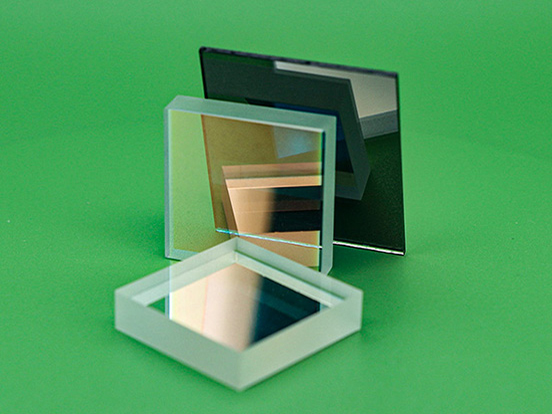What is a Concave Mirror and Its Uses?
Jul. 21, 2025
A concave mirror is a spherical mirror with its reflecting surface curved inward, resembling a portion of the interior of a sphere. It reflects and focuses incoming parallel light rays to a single point called the focal point. This convergence of light makes concave mirrors ideal for various optical applications where image magnification or beam focus is required.
Why Do We Use Concave Mirrors?
Concave mirrors are commonly used in applications that require:
Magnified or focused images
Directed beams of light
Concentration of solar energy
Improved visibility in diagnostics
Compared to plane or convex mirrors, concave mirrors offer focused reflection and image magnification, making them the preferred choice for:
Vehicle headlights
Shaving and makeup mirrors
Solar furnaces
Searchlights and torches
Dental mirrors
Microscopes and telescopes

Key Real-World Applications of Concave Mirrors
1. Reflecting Telescopes
Concave mirrors are essential in reflecting telescopes. They collect parallel light from distant stars or planets and focus it at the focal point. A flat mirror placed at this point redirects the image to an eyepiece for viewing.
2. Microscopes
Microscopes often use concave mirrors at their base to focus light onto the specimen. This focused illumination ensures clarity and contrast when observing microscopic details.
3. Vehicle Headlights and Torches
The bulb is placed at the focal point of a concave mirror. Light from the bulb reflects off the mirror surface and emerges as parallel rays, creating a strong beam that travels long distances.
4. Medical Instruments
Concave mirrors are used in devices like:
Ophthalmoscopes – to examine the retina
Otoscope – to inspect the ear canal
Head mirrors – commonly used by ENT specialists for directed light
Dental mirrors – to magnify and illuminate areas within the mouth
5. Solar Furnaces
Large concave mirrors are used to concentrate sunlight at a focal point, generating intense heat. This heat is utilized for cooking, electricity generation, or even metal melting.
6. Optical Cavities and Lasers
In laser devices, concave mirrors are used in optical cavities to reflect light repeatedly and amplify it into coherent beams.
7. Optical Landing Systems
Concave mirrors help in mirror landing aids for aircraft, ensuring precise alignment during landing procedures.
Properties of Concave Mirrors
Can produce both real and virtual images
Virtual images are upright and magnified
Real images are inverted
Image size varies based on object distance (magnified, diminished, or same size)
Converges parallel light rays to a focal point
Facts and Notes
Used in satellite dishes, searchlights, visual bomb detectors
Help create collimated beams in physics experiments
Suffer from spherical aberration, where edge rays focus differently than central rays, slightly distorting images
Highly sensitive to object distance, which affects image nature
FAQs on Concave Mirrors
1. What is the difference between concave and convex mirrors?
A concave mirror has an inward-curved reflective surface that converges light, while a convex mirror has an outward-curved surface that diverges light rays.
2. Why are concave mirrors used in headlights instead of convex mirrors?
Concave mirrors focus light into a parallel beam, ensuring high intensity and long-distance illumination—perfect for headlights. Convex mirrors, on the other hand, spread light out.
3. How do concave mirrors help dentists?
They magnify the image of the mouth and teeth, allowing dentists to inspect hard-to-see areas with clarity, aiding accurate diagnosis and treatment.
4. How can concave mirrors form both real and virtual images?
When the object is placed beyond the focal point, a real inverted image is formed. When it's within the focal length, a magnified virtual and upright image appears, such as in a shaving mirror.
5. What is the role of concave mirrors in solar furnaces?
They gather and concentrate sunlight at the focal point to generate high heat, which can be used for cooking, heating, or industrial processes.
6. Why are concave mirrors used in telescopes?
They can collect faint light from distant celestial bodies and focus it to form a bright, observable image, crucial in astronomy.
7. What is spherical aberration in concave mirrors?
It’s a distortion caused when rays from the edge of a mirror focus at a different point than central rays. It can degrade image quality in precise optical systems.





















